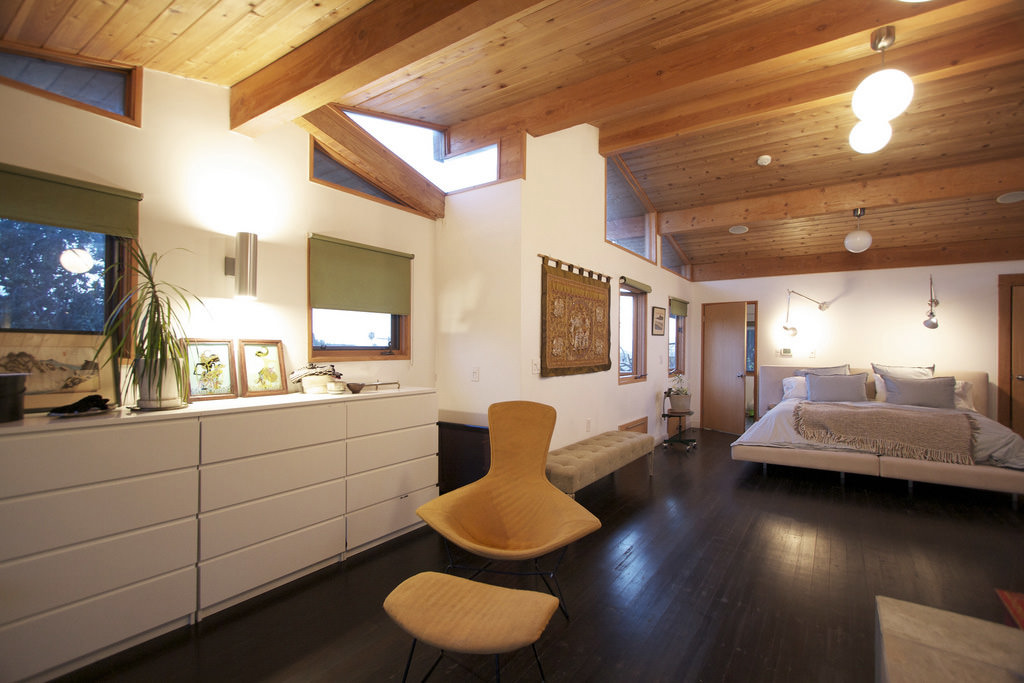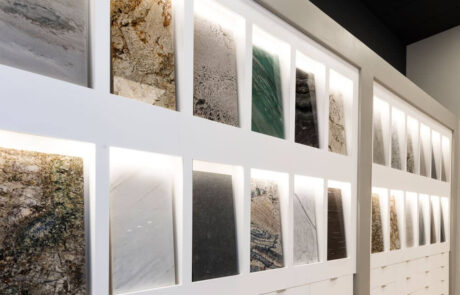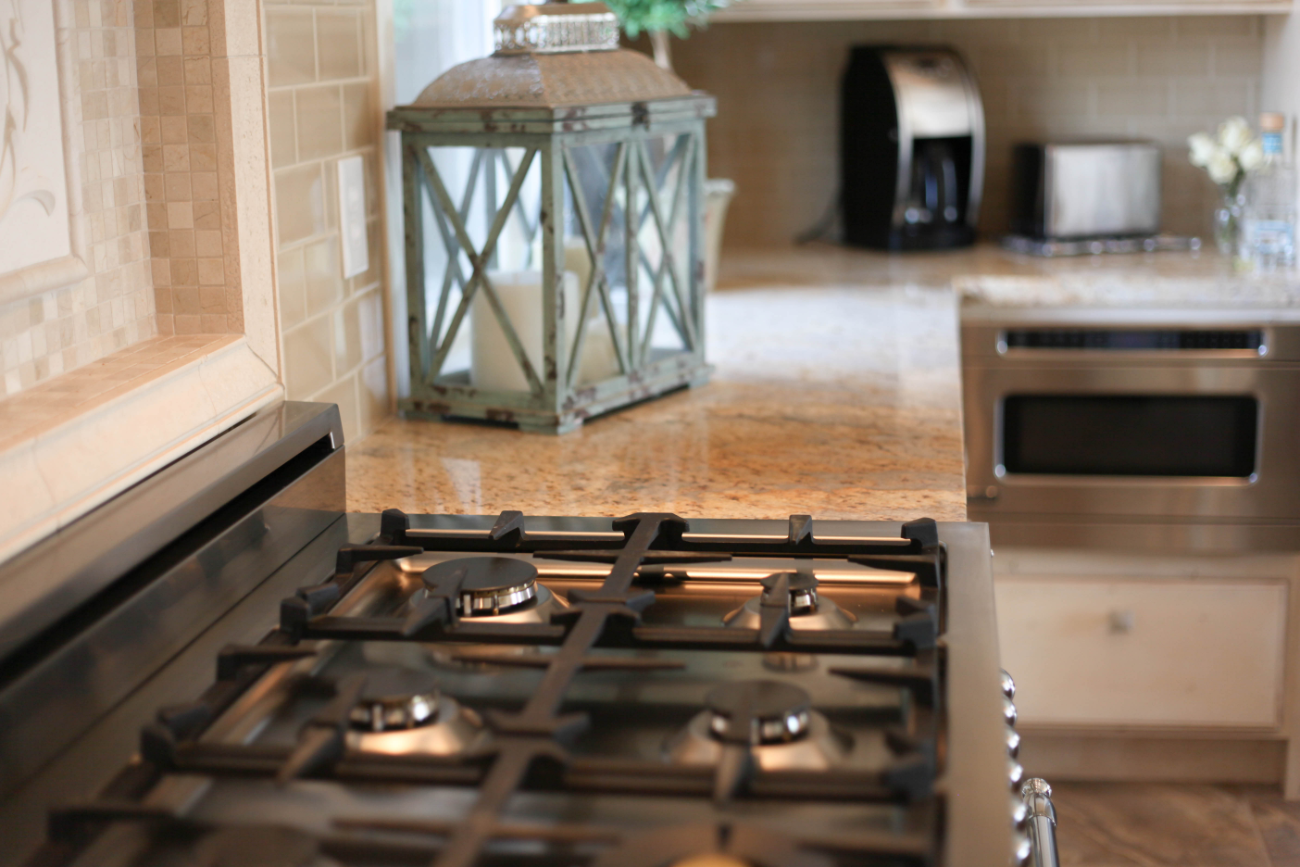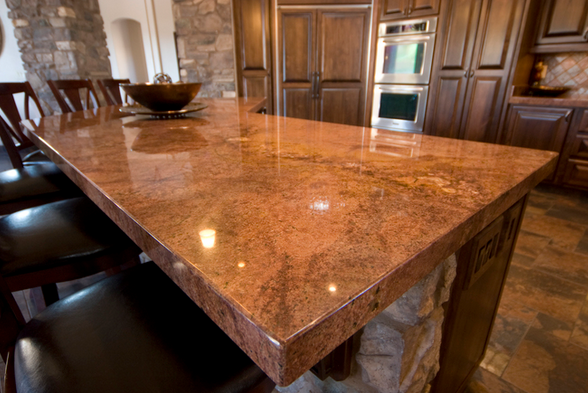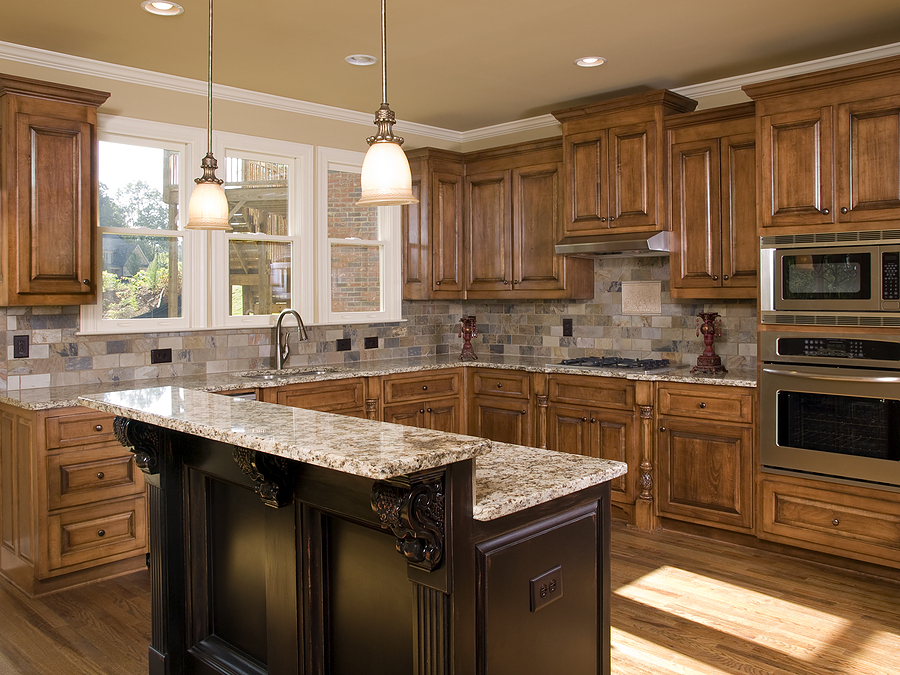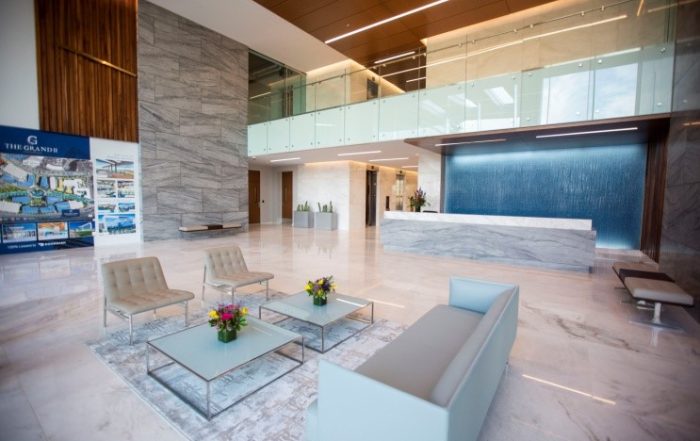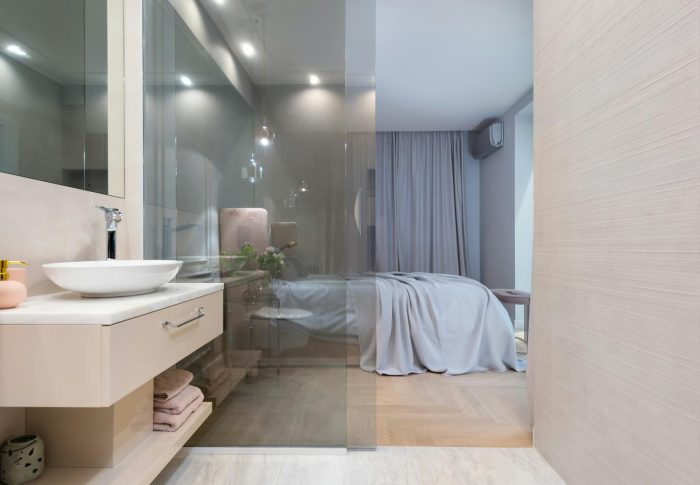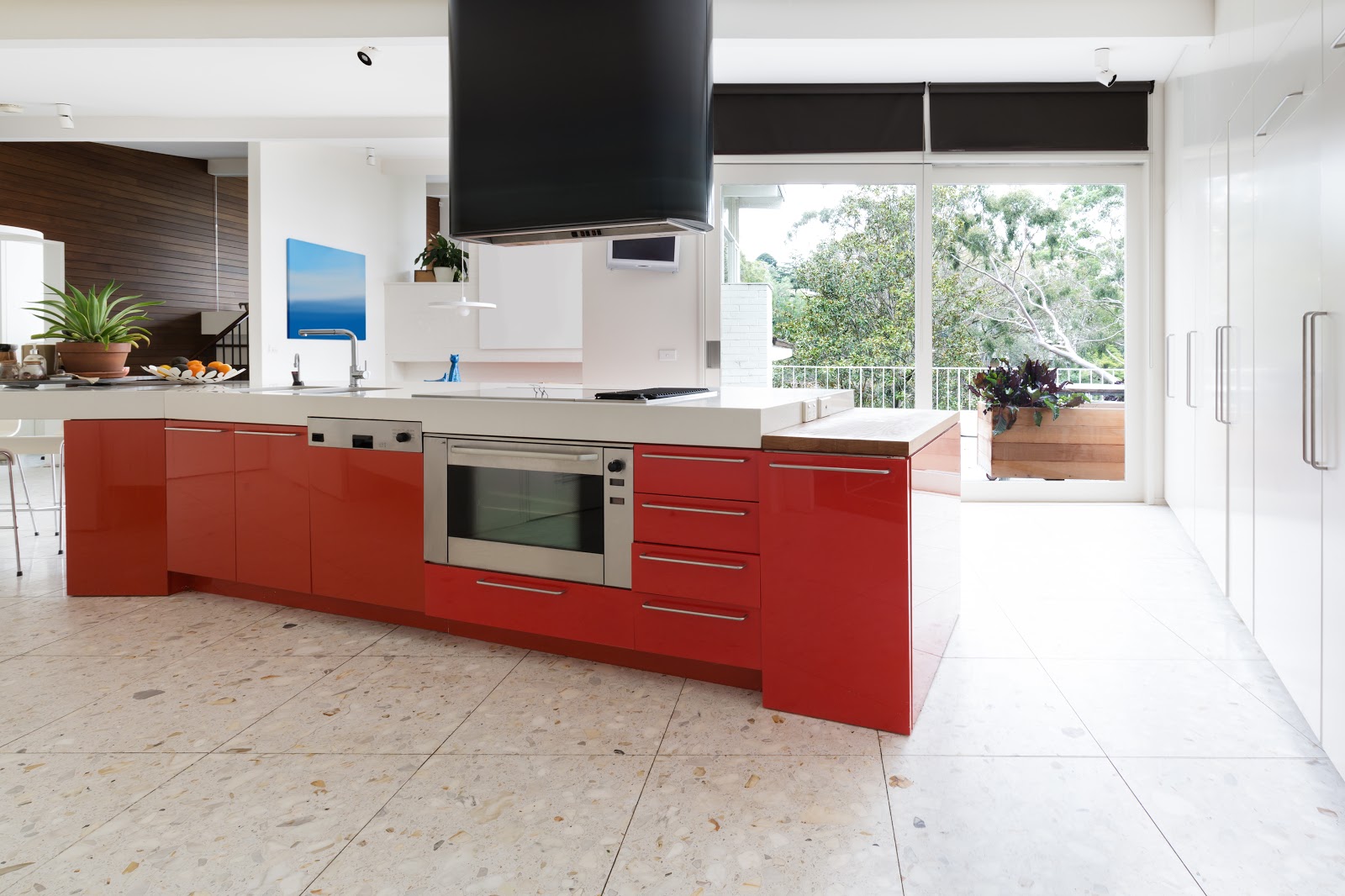As one of the largest and most heavily used surfaces in your home, kitchen and bathroom countertops must combine style and durability. Therefore, it’s crucial to choose the best material to suit your needs—but with so many different options available, the process of picking out countertops can feel daunting.
At Primera, we offer an extensive selection of natural stone countertops, such as granite and marble, as well as engineered products from industry-leading brands like Caesarstone and Vetrazzo. To help guide home builders, designers, and their clients in selecting the right options, we’ve compiled the following overview of the pros and cons of a few of the most popular countertop materials: granite, quartz, and marble.
Pros and Cons of Granite Countertops
A type of natural stone that has been used as a building material for at least a century, there are many benefits fueling granite’s continued popularity, including:
- With an impressive ability to resist scratching and heat damage, granite tends to last longer than most other types of materials.
- Aesthetic appeal. Granite has a natural beauty and comes in a wide variety of colors and patterns, allowing homeowners to choose a one-of-a-kind look to complement their home’s décor.
- Resale value. On average, homeowners can expect to recover about 25% of the cost of recently installed granite countertops when selling their home—a good return on investment compared to alternative materials.
However, there are a few notable drawbacks to granite countertops as well:
- Granite is one of the more expensive countertop materials available, and because it is so heavy, it generally comes with higher installation costs.
- Like other types of natural stone, granite contains pores that can absorb liquids and stains if not properly sealed. Therefore, it is recommended to have granite countertops sealed annually to minimize staining and bacterial growth.
- Due to granite’s natural heaviness, it may require additional structural support underneath to prevent cracking or breaking over time.
Pros and Cons of Quartz Countertops
Surging in popularity in recent years, quartz countertops consist of engineered stone that is made by combining natural quartz crystals with resins, pigments, and other materials. Key advantages of quartz include:
- Low maintenance. As a non-porous material, quartz will not absorb liquids and stains easily. Therefore, they require only simple cleaning to stay looking as good as new—no sealing or special products needed.
- With nearly unlimited colors and patterns available, it’s easy to find a quartz countertop that complements the style of your home. There are also options that mimic the look of natural stone.
- Quartz is strong enough to last for decades with minimal scratching or chipping, even when subjected to heavy use.
On the other hand, potential downsides include:
- Like granite, quartz carries one of the highest price tags of all countertop types.
- Heat sensitivity. Despite their overall durability, quartz countertops can be damaged by high heat, so it’s important to use trivets or hot pads in order to protect them.
- Not natural. Although quartz can mimic the look of natural stone, some homeowners prefer the authenticity of granite or other products that come from the earth.
Pros and Cons of Marble Countertops
Popular for both decorative and functional purposes since ancient times, marble brings a classic elegance to any room. But compared to alternative types of countertops, is marble worth the investment? Here are a few reasons why homeowners might opt for marble:
- With its natural beauty and vast selection of colors, patterns, and veining, marble has a luxurious look that will elevate the style of any room. In addition, due to the softness and workability of marble, it can be fabricated to have curved, decorative edges and unique configurations.
- Heat resistance. Even though it is considered a relatively “soft” material, marble is durable and heat resistant, making it a great option in the kitchen. However, it’s still recommended to avoid placing hot pots and pans directly on marble countertops.
- Added value. While it’s unclear exactly how much marble countertops may increase a home’s value (and whether any added value would justify the expense), the sense of luxury that marble brings may give a home a more high-end feel.
However, marble is not without its drawbacks. For example:
- Due to its softness and porous nature, marble tends to stain easily (and even permanently, depending on the substance). Therefore, annual sealing is recommended, and any spills should be cleaned immediately.
- Marble’s soft texture also makes it prone to scratching and etching. While these can often be buffed out, some scratches may be permanent.
- Like the popular materials mentioned above, marble tends to be pricey—and particularly when combined with the sealing and other maintenance required, many homeowners find that it doesn’t make sense from a budget perspective.
While granite, quartz, and marble remain among the most popular choices for kitchen and bathroom countertops, there are several other options available. For example, laminate is the most affordable countertop material, and is also popular because it is very low-maintenance and comes in a wide range of colors and designs, with some even mimicking the look of marble or granite. Another great choice is stainless steel. Often used in commercial kitchens due to its strong resistance to staining and heat damage, stainless steel brings a clean, contemporary aesthetic to any home. At Primera, we also offer unique options such as wood and recycled glass countertops.
With each type of countertop material carrying its own pros and cons, the right choice will depend on your particular needs, style, and preferences. The Primera team is here to guide you through the process of exploring the different products available and choosing one that will suit your vision. Call us today at (866) 752-7336 to get in touch!
